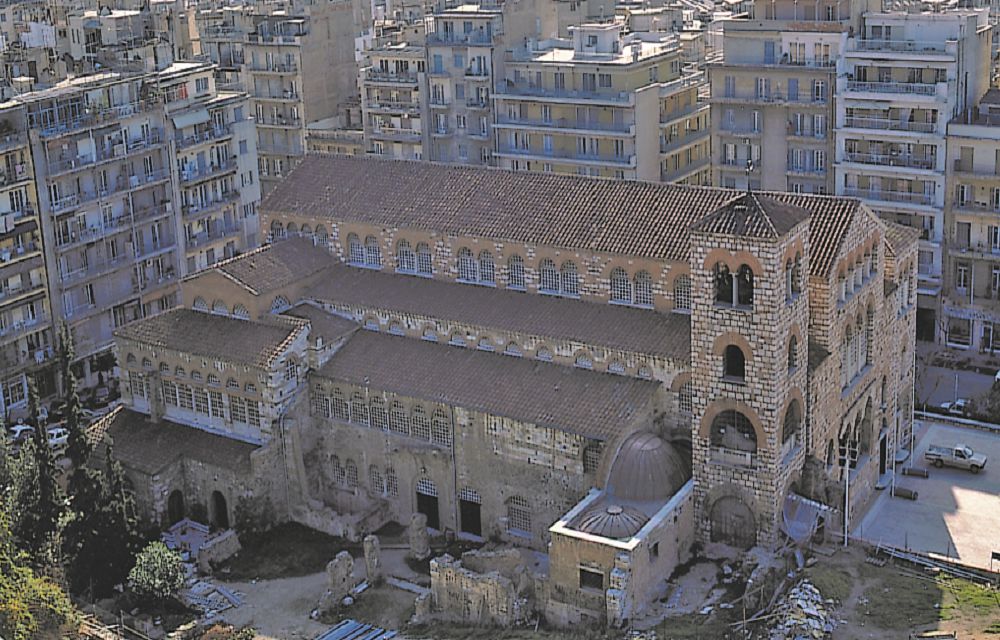
The Minister of Culture Lina Mendoni held a broad meeting in Thessaloniki to highlight the wider archaeological area, which surrounds the Basilica of Saint Demetrius, the various archaeological remains north of the Temple and the Crypt Museum. An autopsy was conducted at the Minister’s office and the relevant officials about a month ago. The Church of St. Demetrius is a major landmark for Thessaloniki, whose Byzantine monuments, including this particular church, have been included in the UNESCO World Heritage Sites.
The discussion focused on issues of overall management and highlighting of the archaeological remains, such as the Roman bath, which is identified with the site of the Martyrdom of the Saint, the additions north and west of the Basilica, where the atrium with the Fialis extended, the two post-Byzantine chapels. The priority is to highlight the entire environment of the Temple of archaeological site, in order to make it accessible in its entirety, as well as the creation of basic infrastructure to serve the large number of pilgrims and visitors to the Temple.
Lina Mendoni instructed the competent services of the Ministry to immediately proceed with the elaboration of a strategic plan (masterplan), for the promotion and operation – with specific uses – of the entire building block, in consultation and cooperation with the Diocese of Thessaloniki. In the strategic plan, the existing situation, ownership status, land uses should be recorded in detail, in order to define the axes of intervention, in order to form the framework of the individual necessary studies for the overall promotion of the monumental area of Saint Dimitrios and its inclusion in the historical center of Thessaloniki. The goal is for the specifications for the elaboration of the strategic plan to be completed and to receive the opinion of the Central Archaeological Council by the end of October of this year.
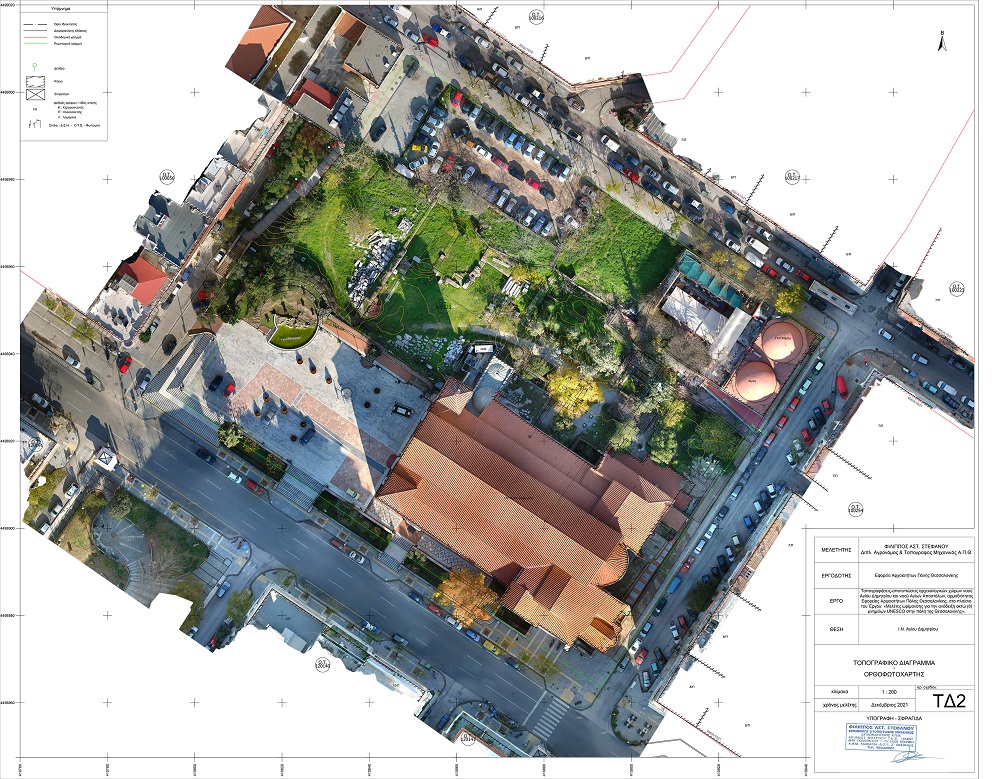
The Basilica of Saint Demetrius, a place of worship of Saint Demetrius, a monument registered, since 1988, in the list of UNESCO’s world cultural heritage, has been the most important pilgrimage center not only of Thessaloniki but also of the wider region. The Crypt, which today functions as a museum, was the first place of worship of Saint Demetrius, on which the first Basilica of 5 AD was founded. and then in 620 BC the large five-aisled Basilica. The Crypt exhibits foundings that were saved from the fire of 1917, architectural sculptures of the 5th and 6th/7th centuries, sculptures of the 11th – 14th centuries, as well as excavation discoveries, such as coins, and pottery of the 5th – 14th centuries. The Crypt is a museum that can be visited and operates under the responsibility of the Ephorate of Antiquities of the City of Thessaloniki.
The meeting was attended by the General Secretary of Culture Giorgos Didaskalou, the head of the Holy Temple of St. Dimitrios, Archimandrite Damaskinos, Elisavet Tsigarida, deputy head of the Ephorate of Antiquities of the City of Thessaloniki, the head of the Directorate for the Restoration of Byzantine and Post-Byzantine Monuments Themistocles Vlahoulis, Iulia Papageorgiou, head of the Directorate of Byzantine and Post-Byzantine Antiquities and Flora Karagianni, department head of Byzantine Antiquities of the Ephorate of Antiquities of Thessaloniki City.

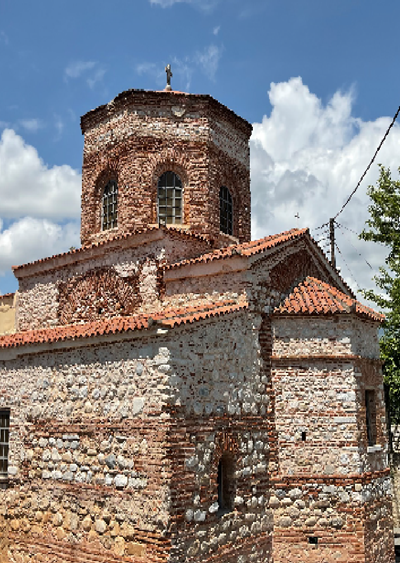
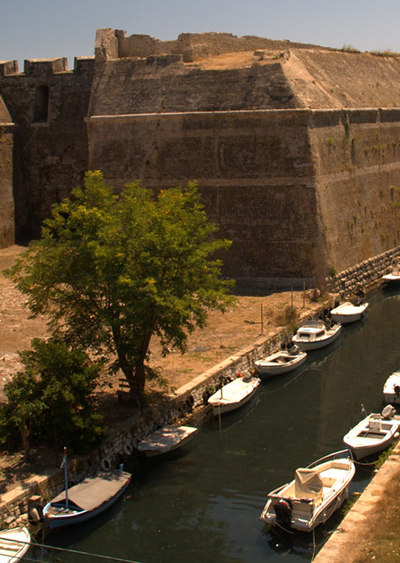
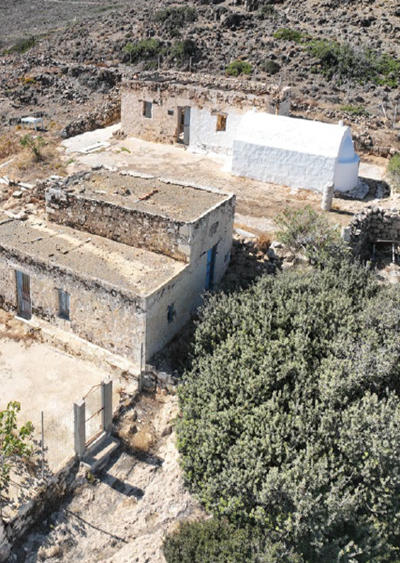
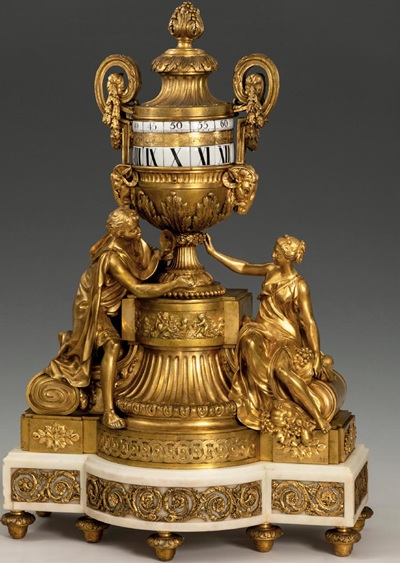


Leave A Comment